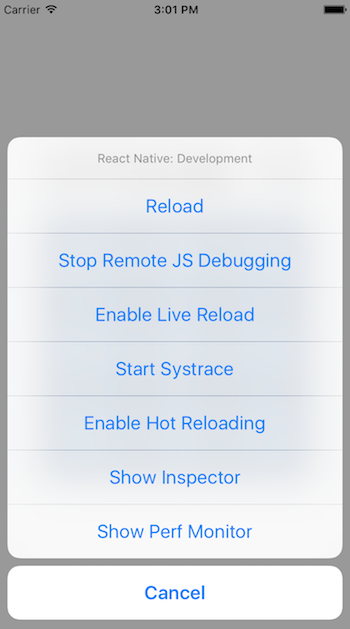
To illustrate how this falls apart quickly:Īlthough a little time-consuming, I recommend spending some time playing with the base React Native components.

On the surface they seem like equivalents, it's not really helpful to say "this HTML component is this in React Native" since you can't rely on them having the same behavior. Rather than HTML browser elements, React Native has its own set of base components that you'll build layouts with. Throw out concepts of primitive HTML elements for React Native because they aren't the same You'll see all the abstractions in the tree. The React virtual DOM tree is going to have a lot more noise (see example), since many library (or even core) components are made up of other components.

#HTML INSPECTOR FOR REACT NATIVE SIMULATOR#
You'll still need to debug with Safari for iOS sometimes and wrangle with the weird WiFi/host/port settings to switch between debugging in a simulator and a real device. You can use react-devtools to get a somewhat more workable tooling that works like the React browser extension, but it's not feature-complete either. The in-app inspector in React Native is significantly harder to move around than the one for React Web. I felt like that was true, but I wanted to share a few things I ran into while getting started. Since I was familiar with React patterns, I thought I might have an easier time getting started with React Native development.

When I started working with React Native around January 2019, I had a good understanding of how the React worked in the HTML browser context.


 0 kommentar(er)
0 kommentar(er)
